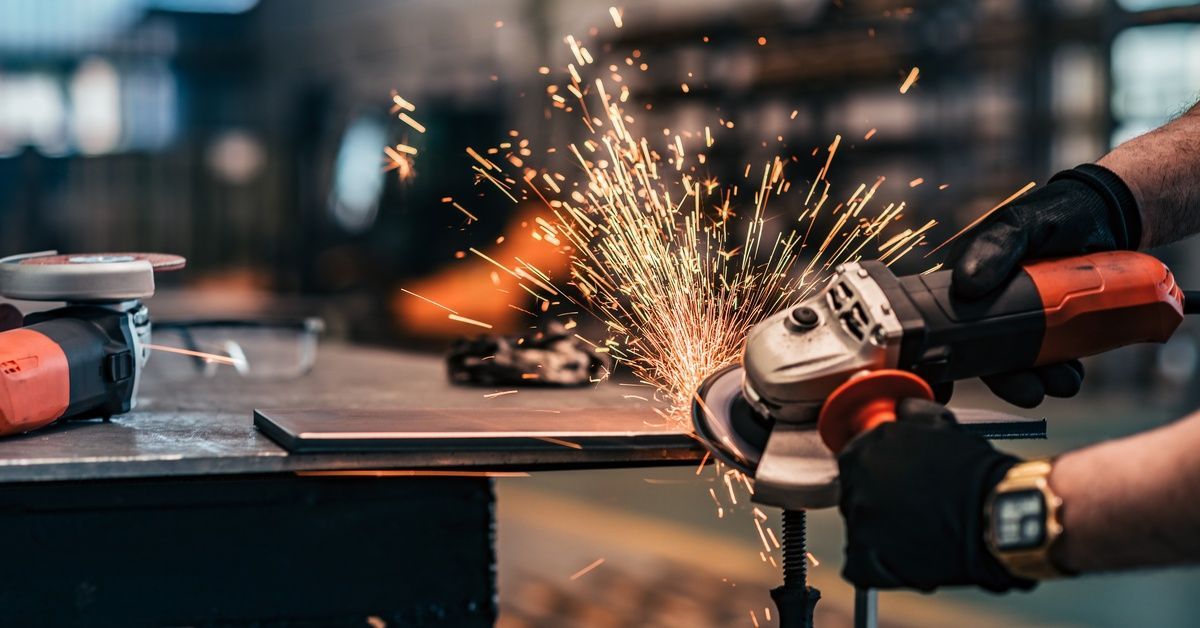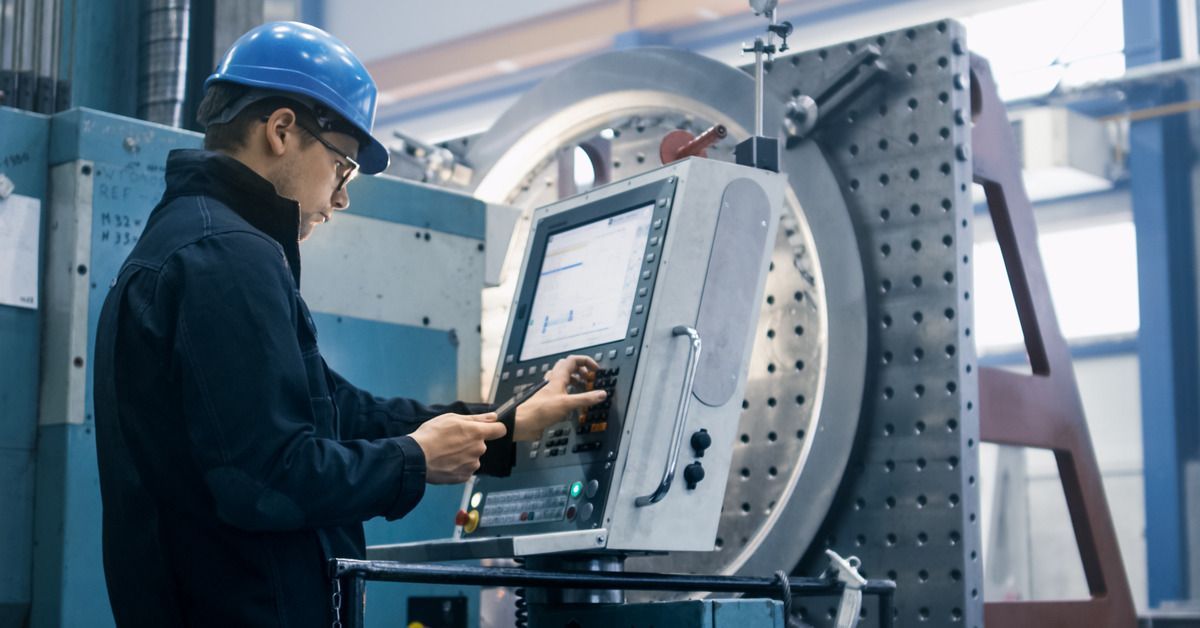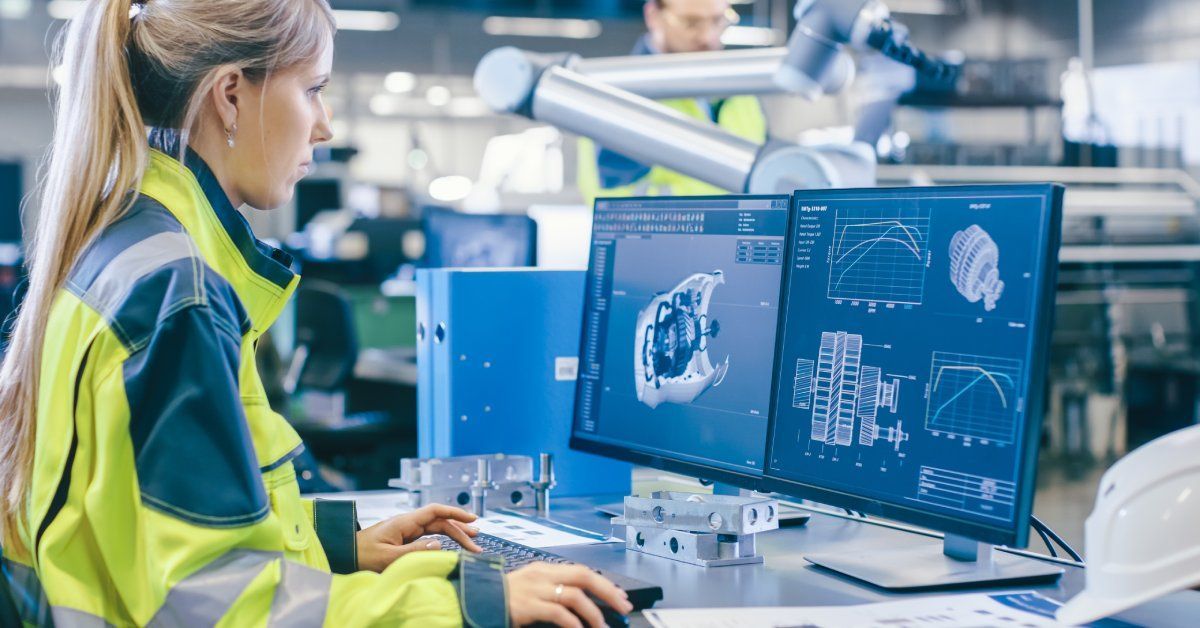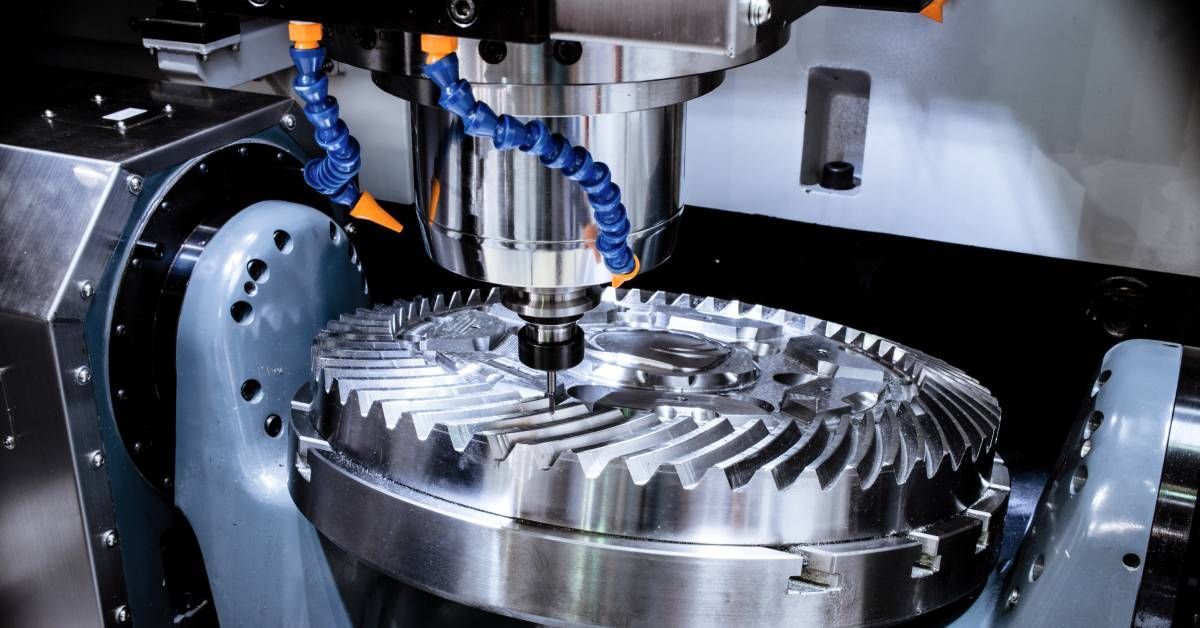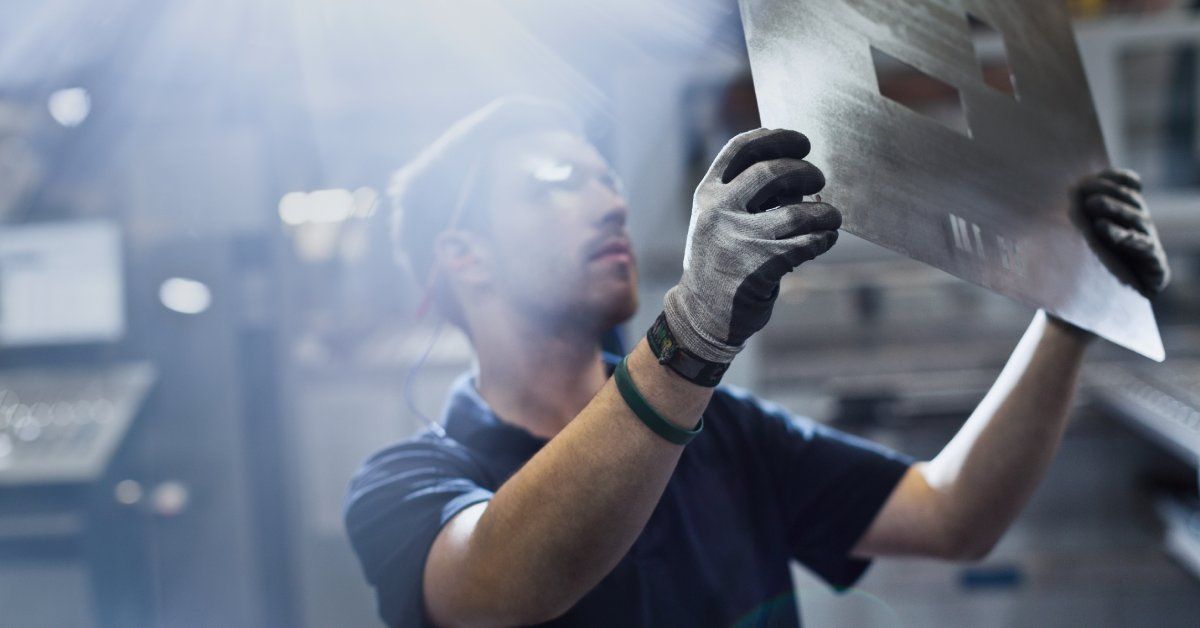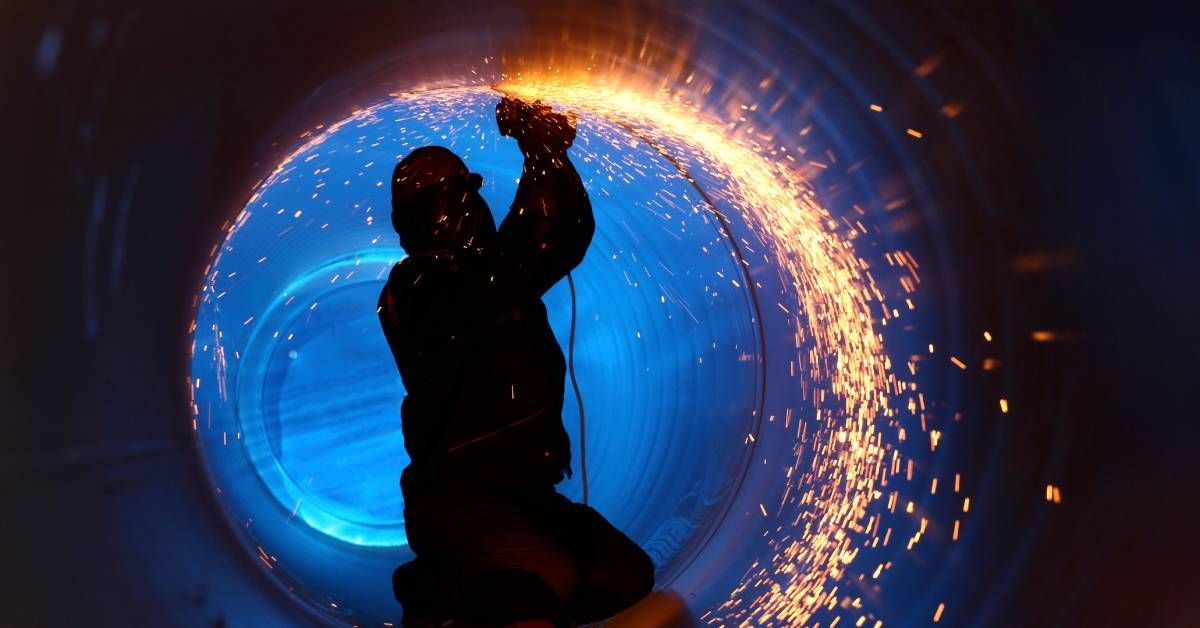How To Extend the Lifespan of Custom Metal Parts
Custom metal parts are used across all sorts of industries, from automotive and aerospace to manufacturing and health care. Their efficiency and durability aid in the success of many critical operations and products. But no matter how well made they are, metal components are constantly subject to wear and tear.
Luckily, with proactive management, companies can get more value out of these key investments. This post will explore how to extend the lifespan of custom metal parts. With this information, you’ll be well-equipped to tackle even the toughest jobs.
Best Metals for Longevity
The right material choice will vastly improve a part’s resilience. Here are some of the most commonly used metals across industries, from aerospace to automotive:
Stainless Steel
Known for its exceptional durability and corrosion resistance, stainless steel is ideal for environments exposed to moisture, humidity, or harsh chemicals. Its chromium content forms a protective layer, ensuring longevity in demanding conditions.
Titanium
Titanium combines high strength with excellent corrosion resistance, making it a popular choice for aerospace, marine, and medical applications. Its lightweight nature and ability to withstand extreme environments contribute to its lasting performance.
Bronze
Bronze alloys, composed primarily of copper and tin, are celebrated for their resistance to wear and corrosion. They’re highly durable and often used in components like bearings, gears, and bushings.
Nickel Alloys
Known for superior resistance to oxidation and high temperatures, nickel alloys such as Inconel and Monel excel in challenging environments. These metals are suited for applications in energy, aerospace, and chemical processing.
Aluminum
Aluminum offers a combination of corrosion resistance, lightweight properties, and versatility. It’s often utilized in construction and transportation industries, where longevity and efficiency are key.
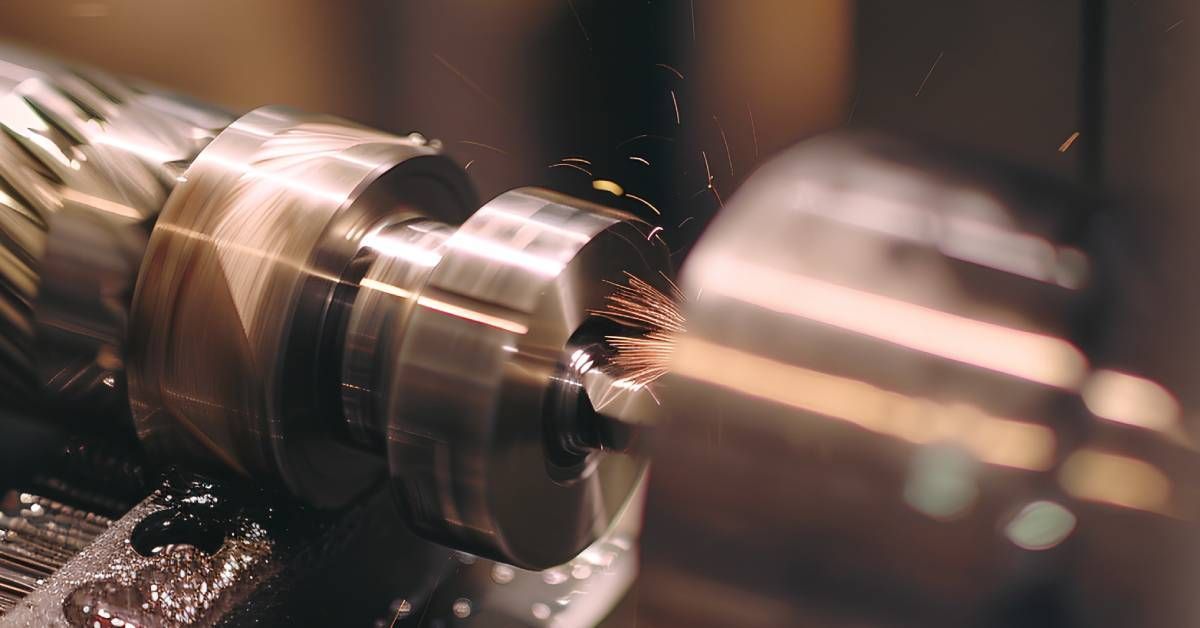
Here are some characteristics of metal parts to look out for:
- Durability against wear: Depending on the application, the most appropriate metals should have high tensile strength, like stainless steel or titanium.
- Corrosion resistance: Metals such as aluminum or corrosion-resistant alloys like brass should be prioritized for applications exposed to moisture or chemicals.
- Thermal resistance: For high-temperature environments, metal alloys like Inconel or Hastelloy are often used.
Using inferior-quality materials for your custom parts is a recipe for frequent breakdowns, unexpected replacements, and hefty repair costs.
Using Proper Surface Treatment Techniques
Surface treatments enhance the durability and wear resistance of metal parts, protecting against environmental stressors and continuous use. Popular surface treatment methods include the following:
- Coating: Powder or epoxy coatings increase resistance to abrasions and chemical reactions. Plus, they add a professionally polished finish.
- Plating: Techniques like chrome plating provide a layer of protection against corrosion while improving the strength and longevity of metal parts.
- Polishing: A polished surface minimizes micro-abrasions, which can lead to premature wear, especially in moving machine parts.
- Anodizing: Mainly applied to aluminum, this electrochemical process increases durability and corrosion resistance.
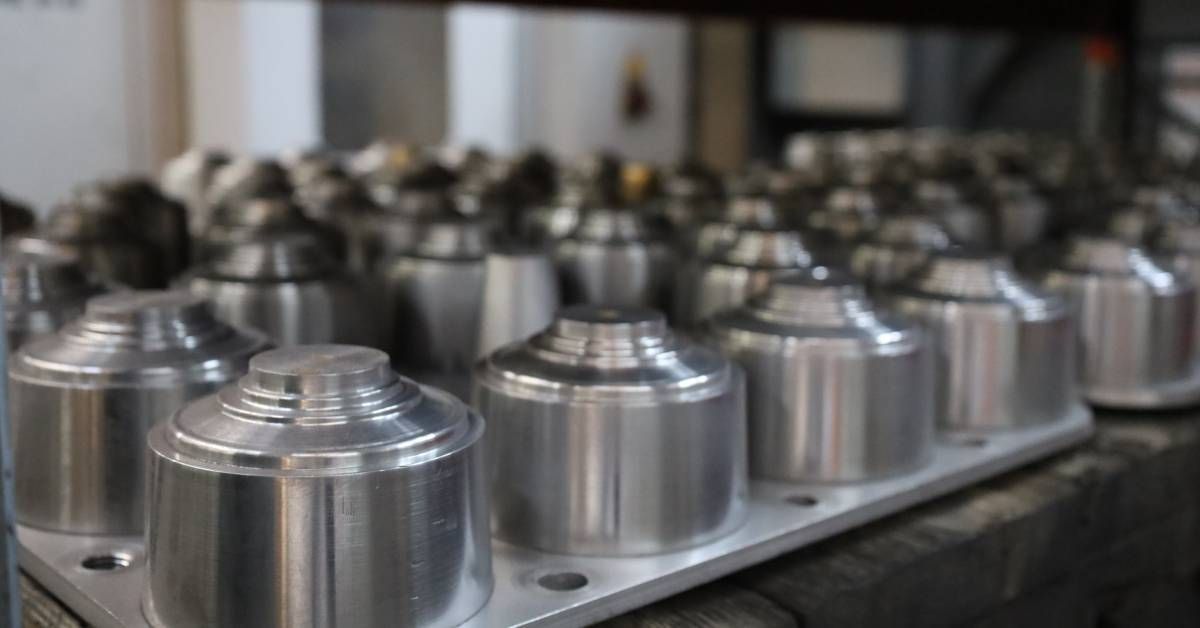
Maintenance and Cleaning Best Practices
Even the toughest metal parts need care over time. Regular maintenance and cleaning prevent small issues from snowballing into major breakdowns that cost you time and money. Here are some tips to maintain your metal parts.
Use Nonabrasive Cleaners
Avoid scouring pads or harsh chemicals that could damage protective coatings or cause micro-scratches that don’t easily come out.
Schedule Routine Inspections
Set up periodic checks to catch early signs of wear or corrosion before they become too much to handle. You’ll be glad you did when you don’t have to incur costly downtime.
Lubricate Moving Parts
Apply grease or oil to joints, bearings, and other moving parts regularly to minimize friction and keep your equipment running well.
Store and Handle With Care
Proper storage and handling prevent accidental damage that could impact a part’s longevity. Read your equipment manual, following the manufacturer’s instructions for storage to avoid unwanted harm.
Protect Against Outdoor Exposure
If you use or store your equipment outdoors, using weather-resistant covers or coatings can shield against moisture and UV damage across seasons.
Environmental Considerations
Factors like temperature extremes, humidity, and exposure to chemicals can fast-track wear and tear in metal parts. Here’s what to know and how to combat environmental conditions.
Temperature Extremes
High and low temperatures can cause materials to expand, contract, or even deform over time. This is particularly critical for metals, where prolonged exposure to heat can lead to warping, while freezing temperatures may increase brittleness. Proper storage can mitigate this damage.
Humidity
Excess humidity often leads to corrosion and rust, especially in metals without adequate protective coatings. Providing proper ventilation and moisture control can lessen these effects and prolong material durability.
Chemical Exposure
Frequent contact with chemicals, whether from industrial processes or environmental pollutants, can degrade surfaces and weaken structures. Selecting corrosion-resistant materials or applying chemical-resistant coatings combats chemicals effectively.
DIY vs. Outsourcing Custom Metal Part Maintenance
When it comes to maintaining custom metal parts, deciding between a DIY approach and outsourcing impacts the longevity and performance of your equipment.
DIY maintenance allows for greater control and can be cost-effective, provided you have the necessary tools, materials, and expertise. However, it often requires a major time investment and detailed knowledge of the metal’s properties and potential issues.
On the other hand, outsourcing gains access to skilled professionals with specialized equipment and experience, which can lead to higher-quality results and quicker service. While outsourcing may come with higher upfront costs, it often proves more effective for complex repairs or when dealing with highly specialized materials.
Proactive Care for Long-Term Savings
Extending the lifespan of custom metal parts doesn’t have to be complicated. Actively monitoring for common problems can make all the difference. These cost-effective practices can minimize downtime and maximize the return on your investment, whether yours is a small business or larger enterprise.
By partnering with H&H Machine Service, you can take your operations to the next level. Our custom fabrication shop will help you tackle even the most challenging projects. Choose us for custom components that will serve you reliably for years to come.


